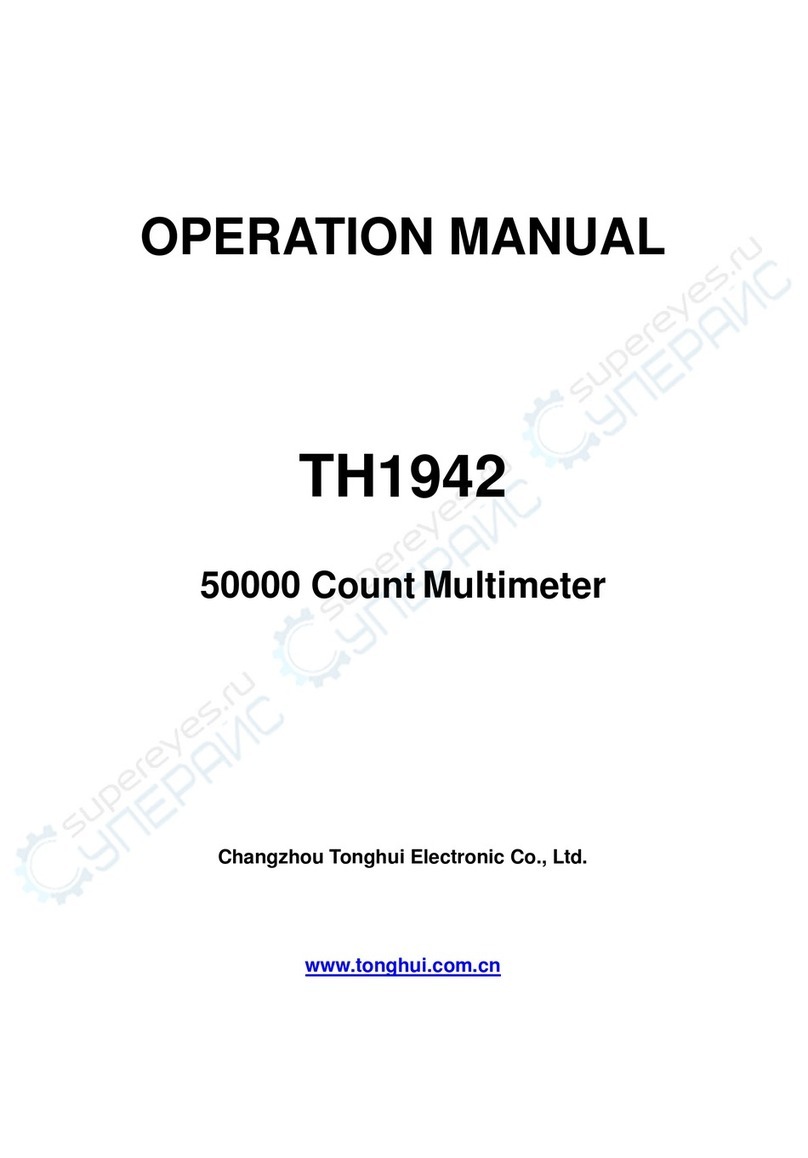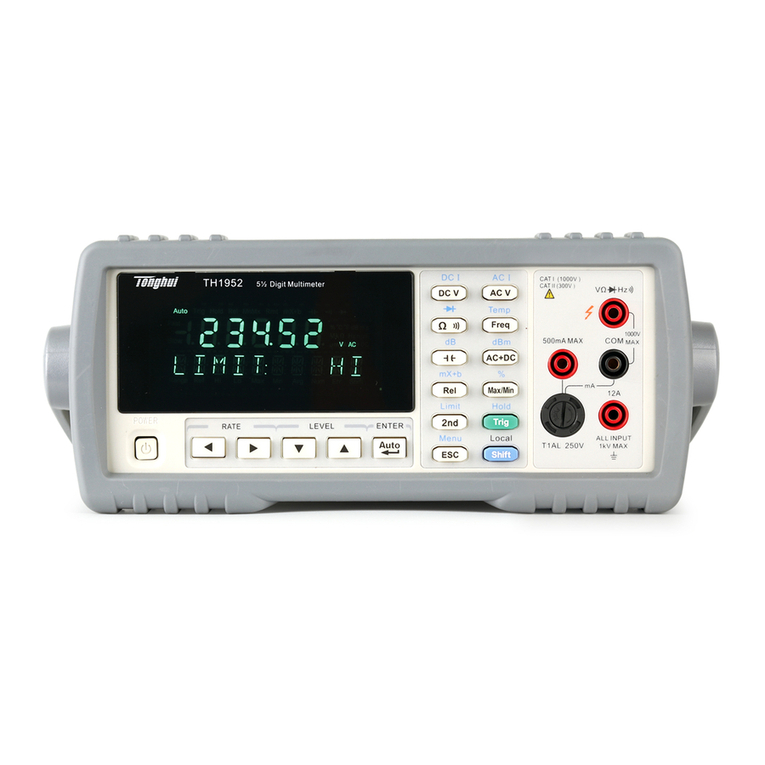
2
Contents
Chapter 1 General Information.................................................................................................................................. 4
1.1 Feature Overview......................................................................................................................................... 4
1.2 Operating Environment ............................................................................................................................... 4
1.3 Dimensions and Weight............................................................................................................................... 4
1.4 Safety symbols and Precautions .................................................................................................................. 5
1.5 Unpacking Inspection.................................................................................................................................. 5
1.6 Mark............................................................................................................................................................. 5
1.7 Warranty....................................................................................................................................................... 6
1.8 Limitation of Warranty ................................................................................................................................ 6
Chapter 2 Specifications and Features....................................................................................................................... 7
2.1 Specifications............................................................................................................................................... 7
2.2 Supplementary specifications.................................................................................................................... 10
Chapter 3 Instructions for use.................................................................................................................................. 16
3.1 Front Panel Menu Reference ..................................................................................................................... 16
3.2 Measurement ............................................................................................................................................. 18
3.2.1 DC Voltage...................................................................................................................................... 18
3.2.2 DCV Ratio ...................................................................................................................................... 19
3.2.3 AC Voltage...................................................................................................................................... 20
3.2.4 DC Current...................................................................................................................................... 21
3.2.5 AC Current...................................................................................................................................... 22
3.2.6 Resistance 2W ................................................................................................................................ 23
3.2.7 Resistance 4W ................................................................................................................................ 25
3.2.8 Capacitance Measurement.............................................................................................................. 26
3.2.9 Diode .............................................................................................................................................. 27
3.2.10 Continuity..................................................................................................................................... 27
3.2.11 Temperature test............................................................................................................................ 28
3.2.12 Frequency measurement............................................................................................................... 29
Chapter 4 Arithmetical Operation............................................................................................................................ 32
4.1 Null Operation........................................................................................................................................... 32
4.2 Statistics..................................................................................................................................................... 32
4.3 Limit .......................................................................................................................................................... 32
4.4 dB Calculation........................................................................................................................................... 32
4.5 dBm Calculation........................................................................................................................................ 33
4.6 mX+b......................................................................................................................................................... 33
4.7 Percent....................................................................................................................................................... 33
Chapter 5 Interface .................................................................................................................................................. 34
5.1 RS-232 interface........................................................................................................................................ 34
5.1.1 RS-232 Interface Operation............................................................................................................ 35
5.2 Handler Interface....................................................................................................................................... 37
5.2.1 Handler setup.................................................................................................................................. 38
5.3 USB Interface ............................................................................................................................................ 39
5.3.1 USB Host........................................................................................................................................ 39






























